Bike brands spend a lot of time obsessing over details that distinguish their product from others. They hire PR firms, bring in R&D to discuss and verify the finer points. They hire athletes to say they ride faster because my gear is better than other peoples, or something close to that. Comparison is important in a market place of ideas and products, after all.
The general understanding is to tout the message that there are the other guys’ products (Bad!) and our products (Good! Better! Or, most audaciously, best!) Ultimately, this is a bit of a faulty pursuit. Everyone is bound by a certain, more than marginal, amount of confirmation bias. Nobody will ever fully be able to view their thing and another person’s thing at an objective comparison.
But what if there was a different way for a company to consider their own equipment and market it to their audience?
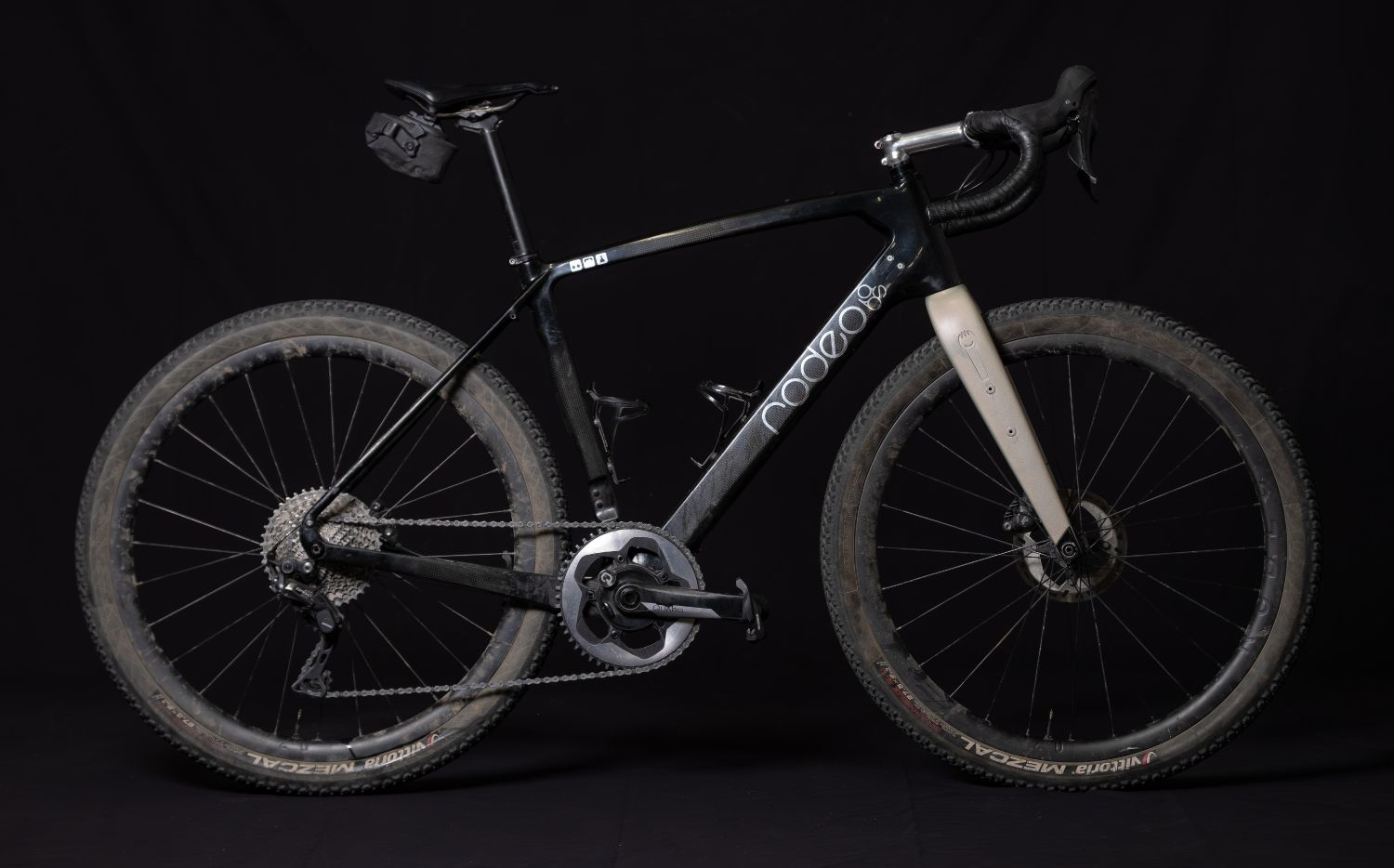
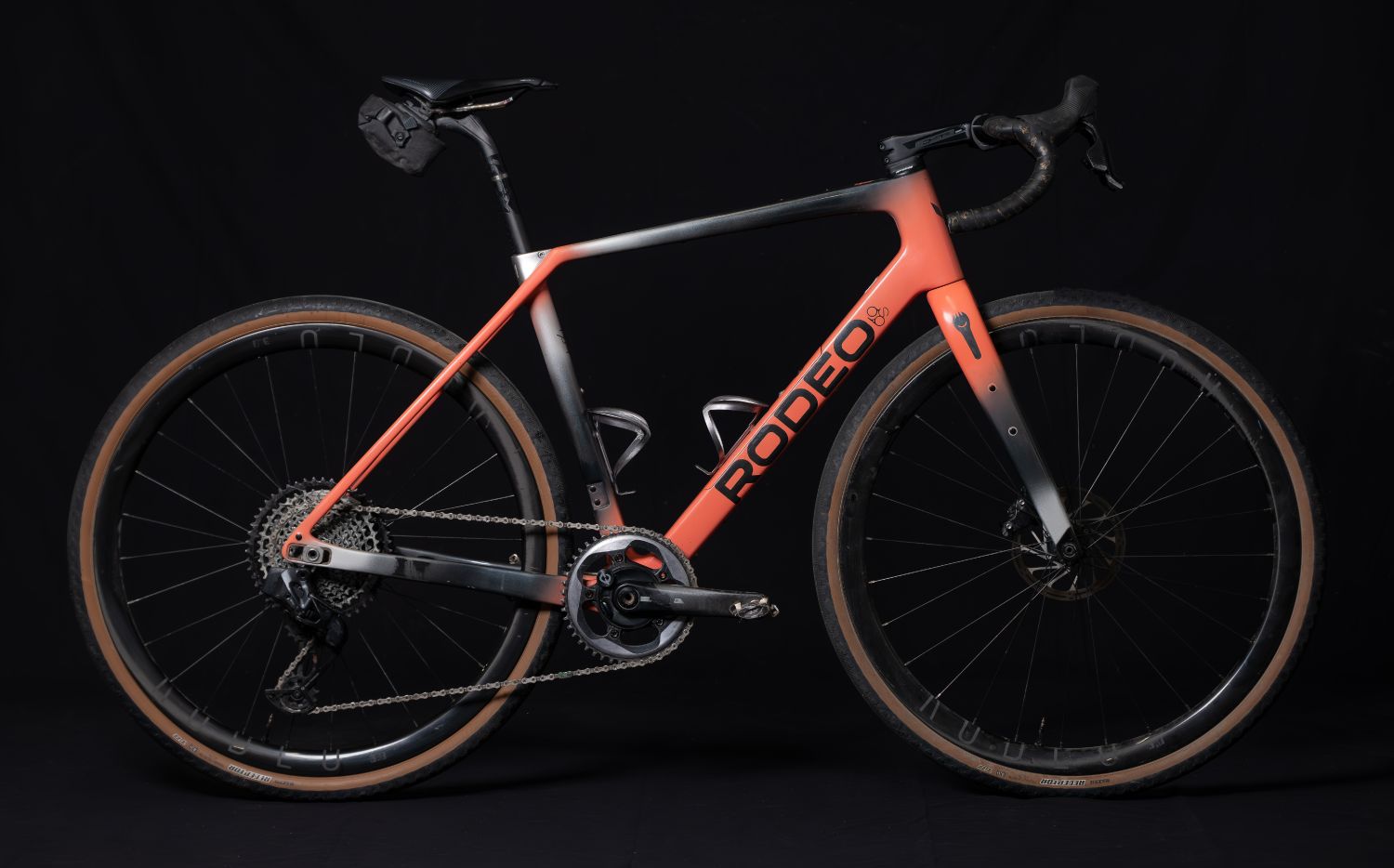
What could be better, in my opinion, is to compare iterations of largely the same thing from the same company. Sure, this might not always be the most impactful article. If you were not a previous buyer, you might not seek out a story on why one product is better than that other product if you have not heard or experienced either of them. But for those previous buyers, this is really crucial information and information that is incredibly sharable.
So here is something shareable for you all! Four reasons why, after 4,000 miles, I find the Trail Donkey 4 to be better than the Trail Donkey 3, a bike I rode for nearly 30,000 miles.How do those bikes compare to others? I don’t know, I don’t really ride other bikes. But I do know I have had fun on the TD3 and more fun on the TD4. Here’s why:
The list of improvements
1. A longer head tube
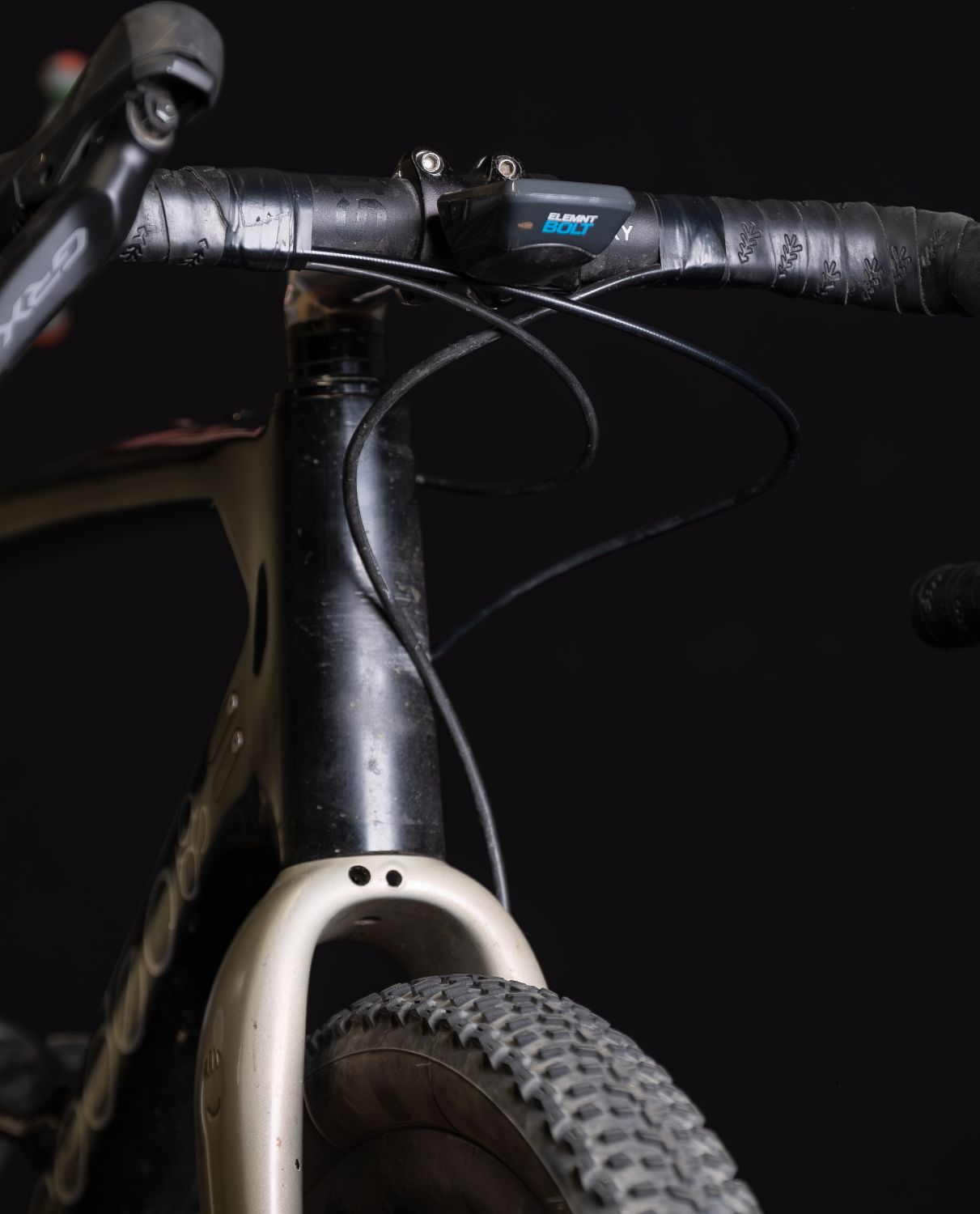
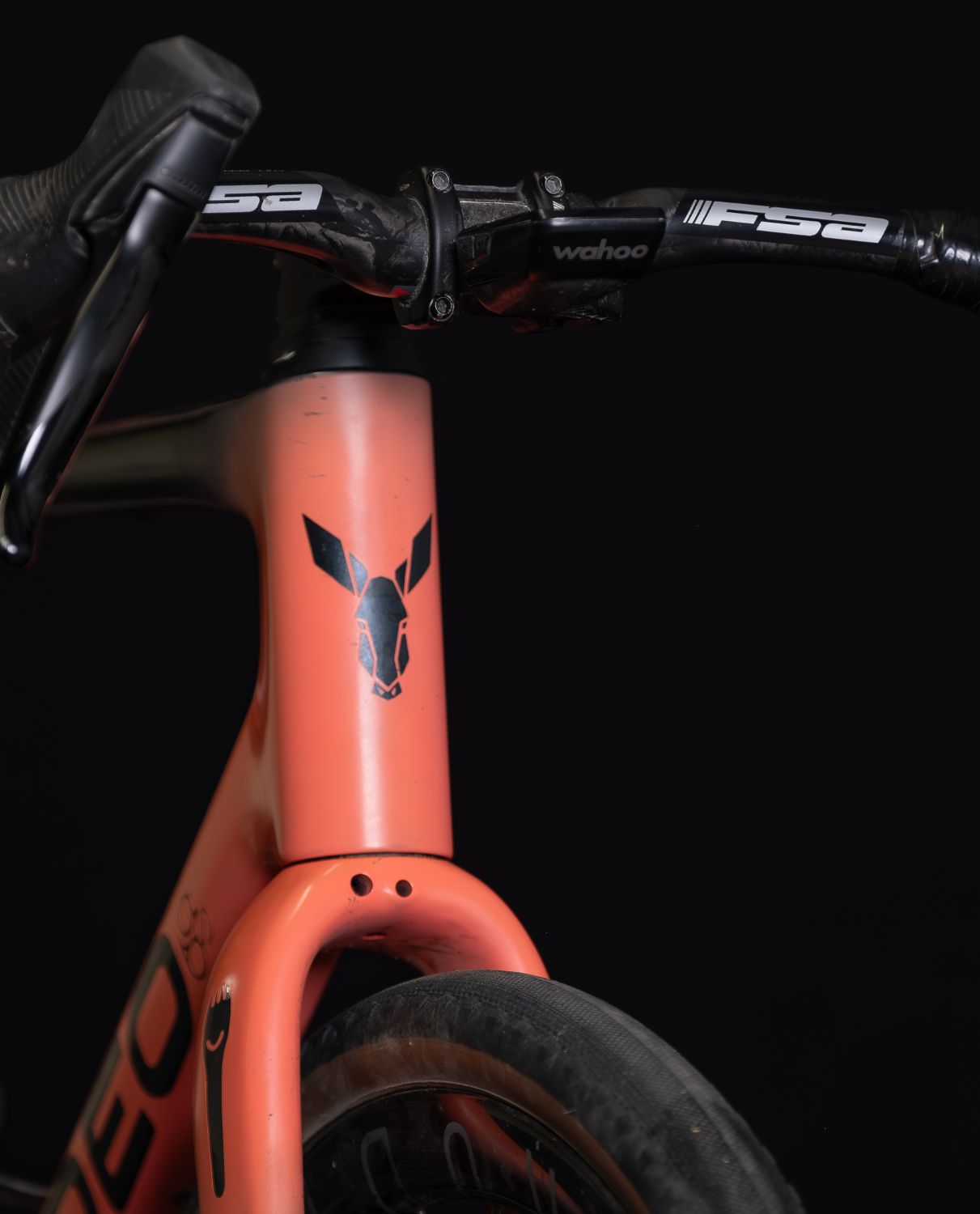
You do not need to slam your stem. I repeat, you do not need to slam your stem – but, it does look better, if you can handle it. If a bike has a longer head tube, it can be easier to handle the proverbial “swag” that comes with that small number of spacers. Yet there is also a technical benefit to the change.
Generally, I see two more specific reasons why I have liked the longer head tube on the TD4. One, it’s a gravel bike, so back comfort on a long haul is important. Low is rarely comfortable. Two, lower is not always more aero. Often the best aerodynamic positions, even on the road, bring the hands up higher and further out, with the saddle pushed back. The higher your hands, the longer the stem can be.
The other win is the integrated 120mm stem that can be fitted on the bike to give me a comfortable and aerodynamic position in the hoods, while still being able to handle the bike well in the drops on trails since it is not too low in the front end. While it is good for some road racers to be pinned down low in the drops, having your weight distribution that far over the front wheel completely throws off ones ability to quickly reposition their body weight on the rougher, technical sections of mixed-terrain riding.
My guess is that most of you out there will favor the rough stuff to crits. Mark that change as a win for the new rig.
2. Sliding dropout system
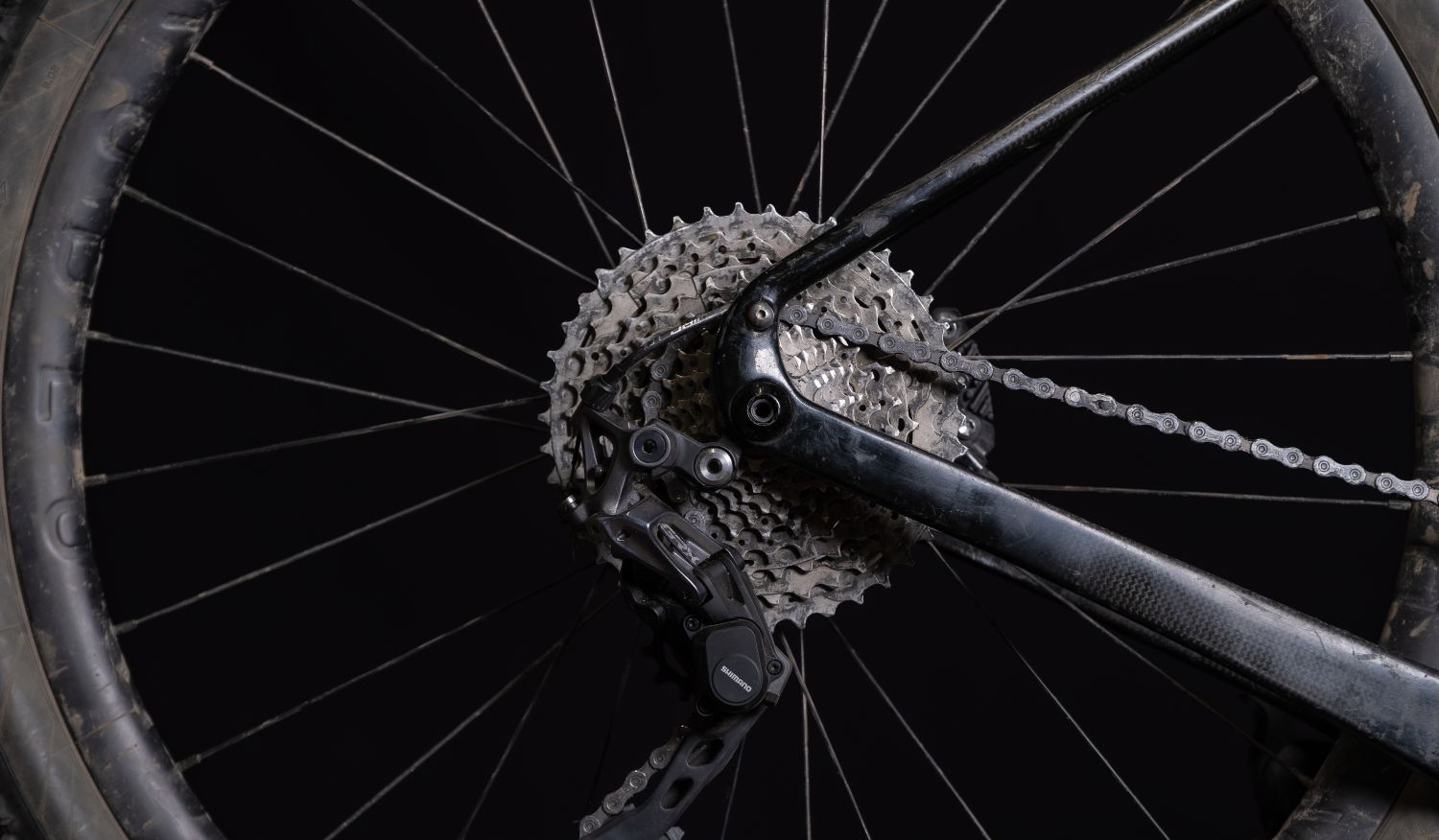
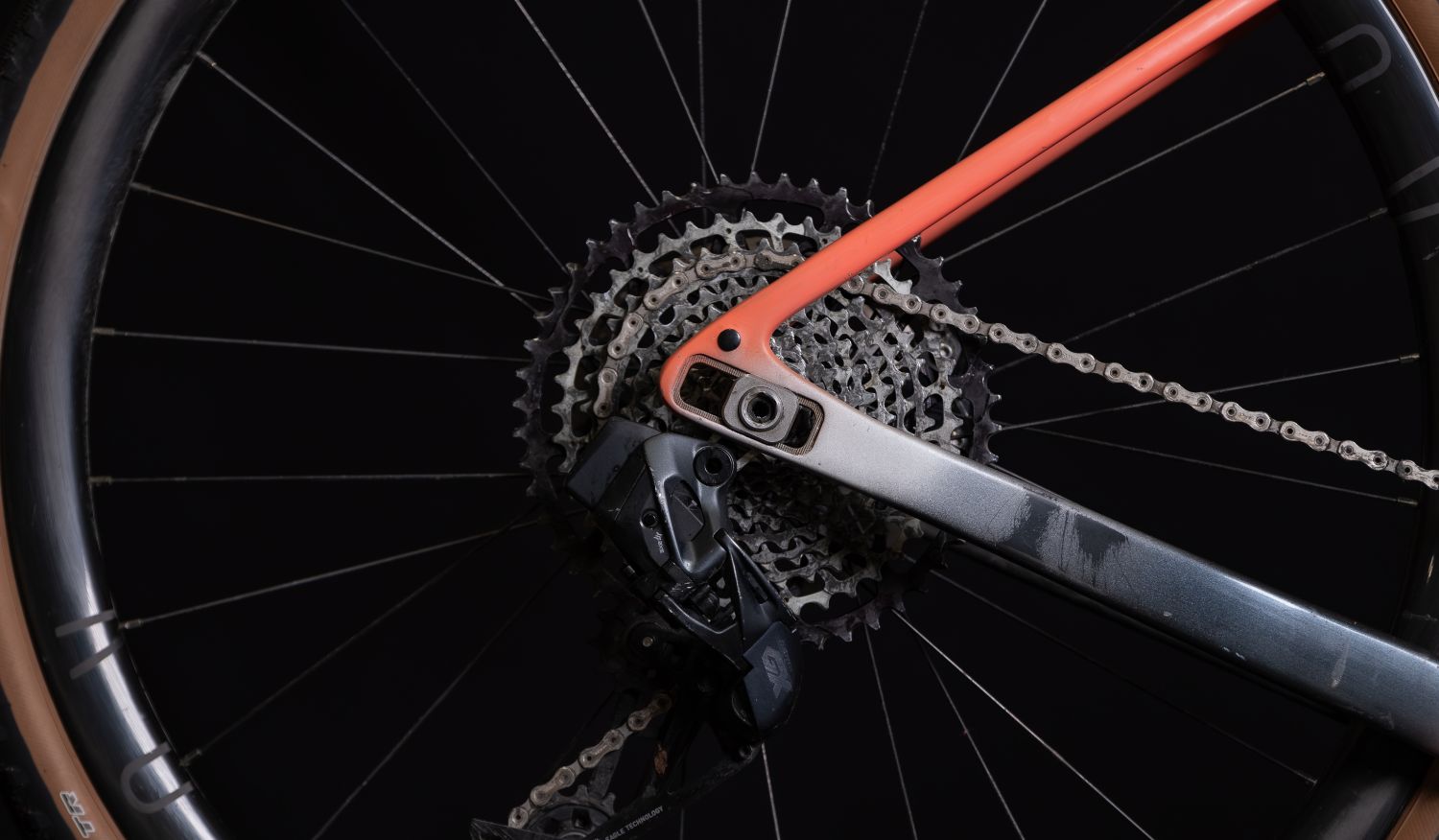
I think the number one question I get about the bike is: why the slider? The answer is easy: changing wheel volume is a bigger deal than you think. The reason why is a fixed chain-stay. This is probably the most technical upgrade, but bare with me, the more whimsical “likes” are on the way.
The sliders allow for two things. One, with changes in tire size often comes the need to change chainrings. Bigger tire equals a longer roll out with the same gear due to the increased wheel diameter. Smaller tire equals a shorter roll out. Furthermore, when I go big on the tire, it is likely there will be steep hills involved. Thus, when a chainring is changed, often the chain needs changing too.
With the slider, a change in position, which would coincide with an increase in tire size (bigger tires would require more clearance which would mean the slider would be further back), would also effectively make up for the chain ring size. Meaning, the chain can stay the same.
Obviously there are limits. If you are changing from a 46t to 36t, you would need to have a change of chain, however, 44t to 40t or even a 46t to a 40t might be achievable. On the TD3 I would regularly change chains when I went from my 50t chainring to a 44t, or a 46t to a 40t. That was ok, but it still added steps and complications.
The other big thing is the slider is slanted which, generally, preserves the all-important height of the bottom bracket. With the increase in tire size is an increase in height of the bottom bracket since a bigger tire will sit higher than a smaller one. A taller bottom bracket is also not desirable when going bigger with the tires since a higher BB makes the bike “pitch” more, decreasing stability and handling over rough or uneasy surfaces. Since the slider slopes up, a big tire paired with an adjustment in the slider position means the change in BB height will be mitigated and stability will be preserved.
These are both things that allow for the bike to go rowdy mode much easier and feel better when it’s there. TD3, for all its charms, was slider-less so the options and feel was more restrained.
3. Room for mud AND rubber
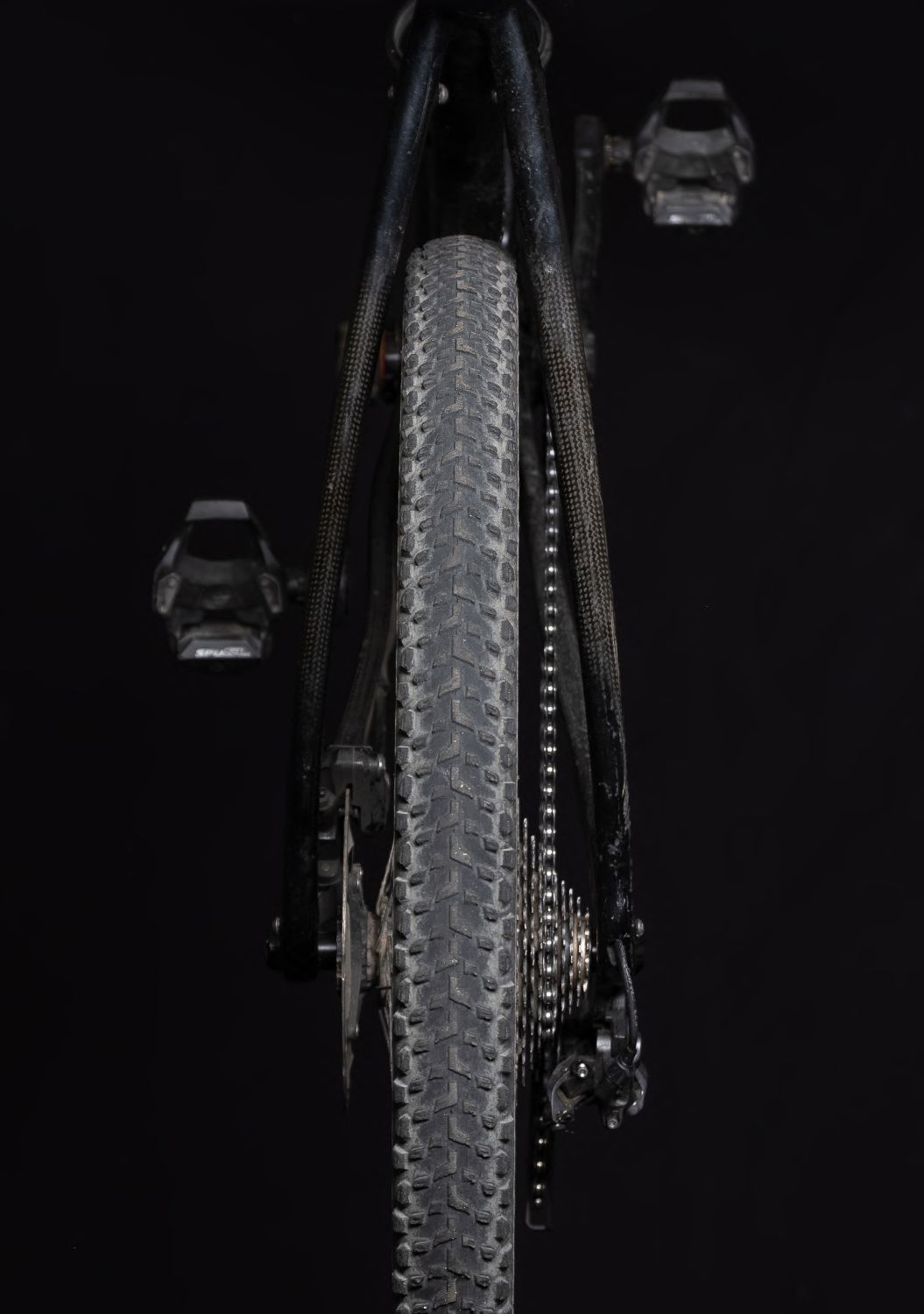
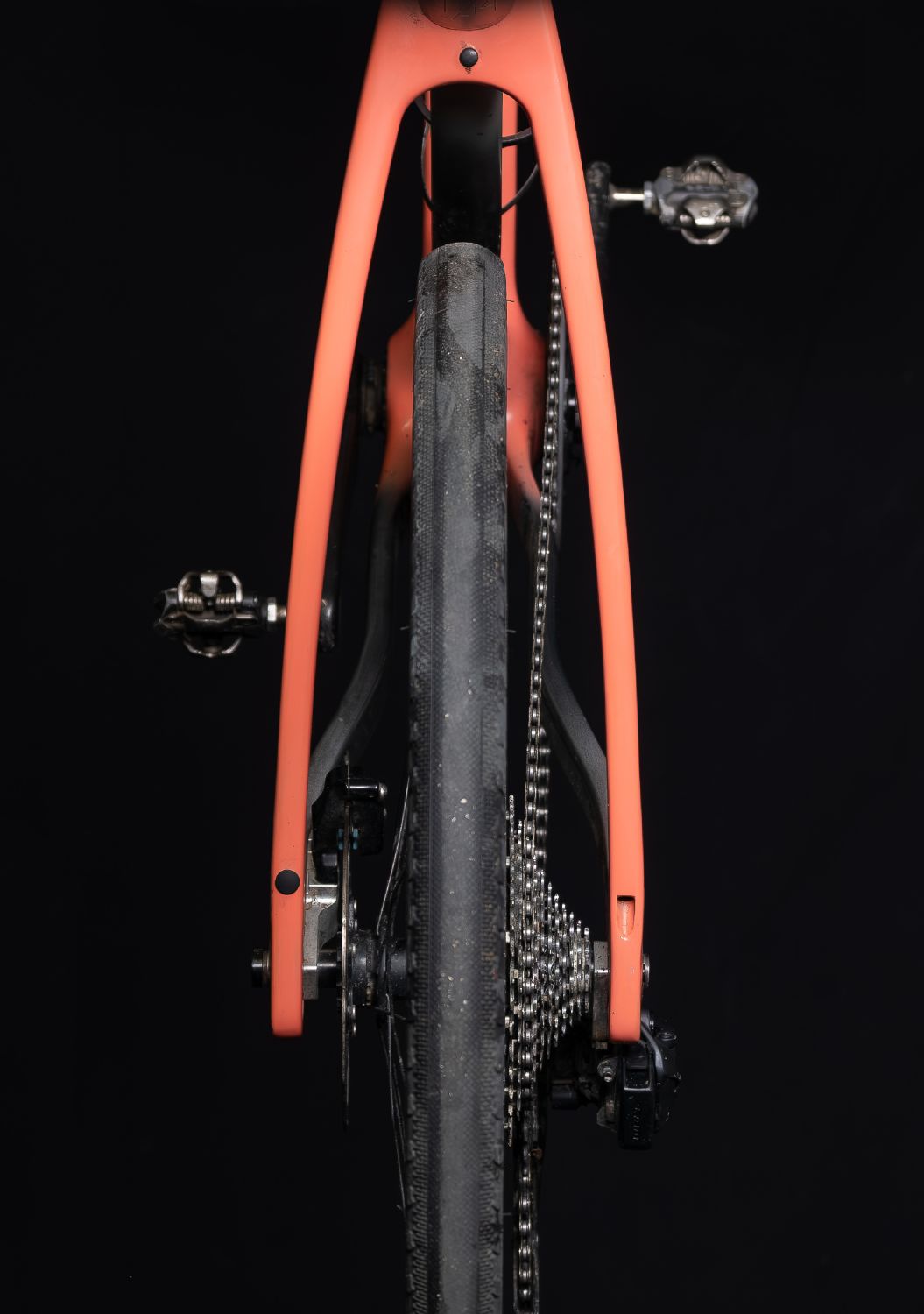
Guess what, gravel races are muddy sometimes. Rodeo labs have, however, known this and have allowed for ample room to clear the mud when things get bogged down since the actual Unbound mud year of 2015.
Yet, in terms of clearance, more is almost always better. Just look at the Lotus track bike for team GB.
Recently, the industry at large has started to take notice with bikes opening up their frame to accommodate more clearance and bigger tires, but with a head start Rodeo Labs was able to refine it even more. More clearance, geometry to account for it, and a nimbler bike even with that increased clearance.
Magic – or, at least that is what those who have been picking mud out of their frame as I cruised by might have been thinking. This one, I’ll admit, is one element where some comparison seems apt. Mud, after all, has been all the rage this season in gravel and with complaints from all around about the ability for equipment to handle these adverse conditions, its good to reiterate that some equipment is just fine and getting better.
4. The handling “vibes”
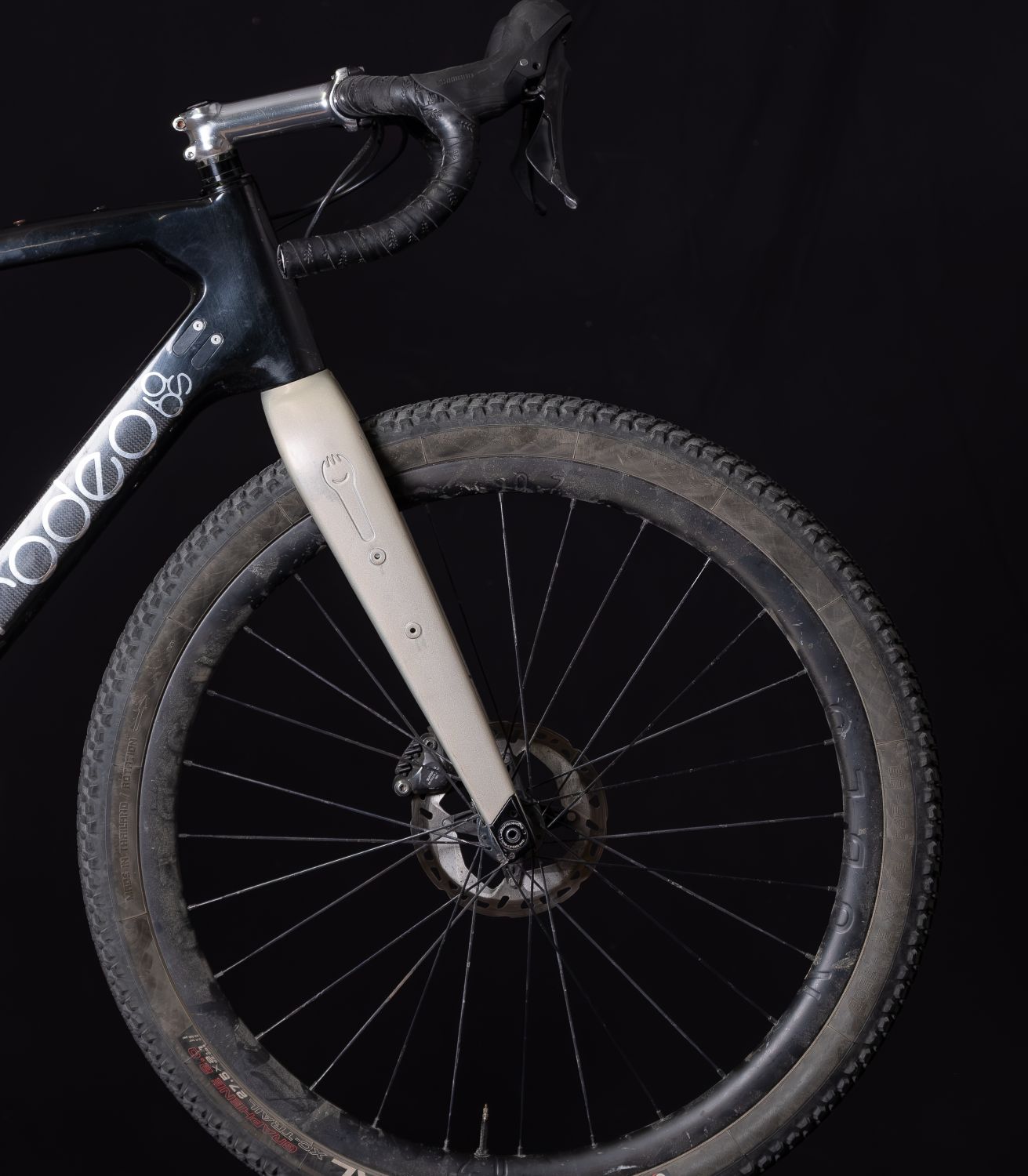
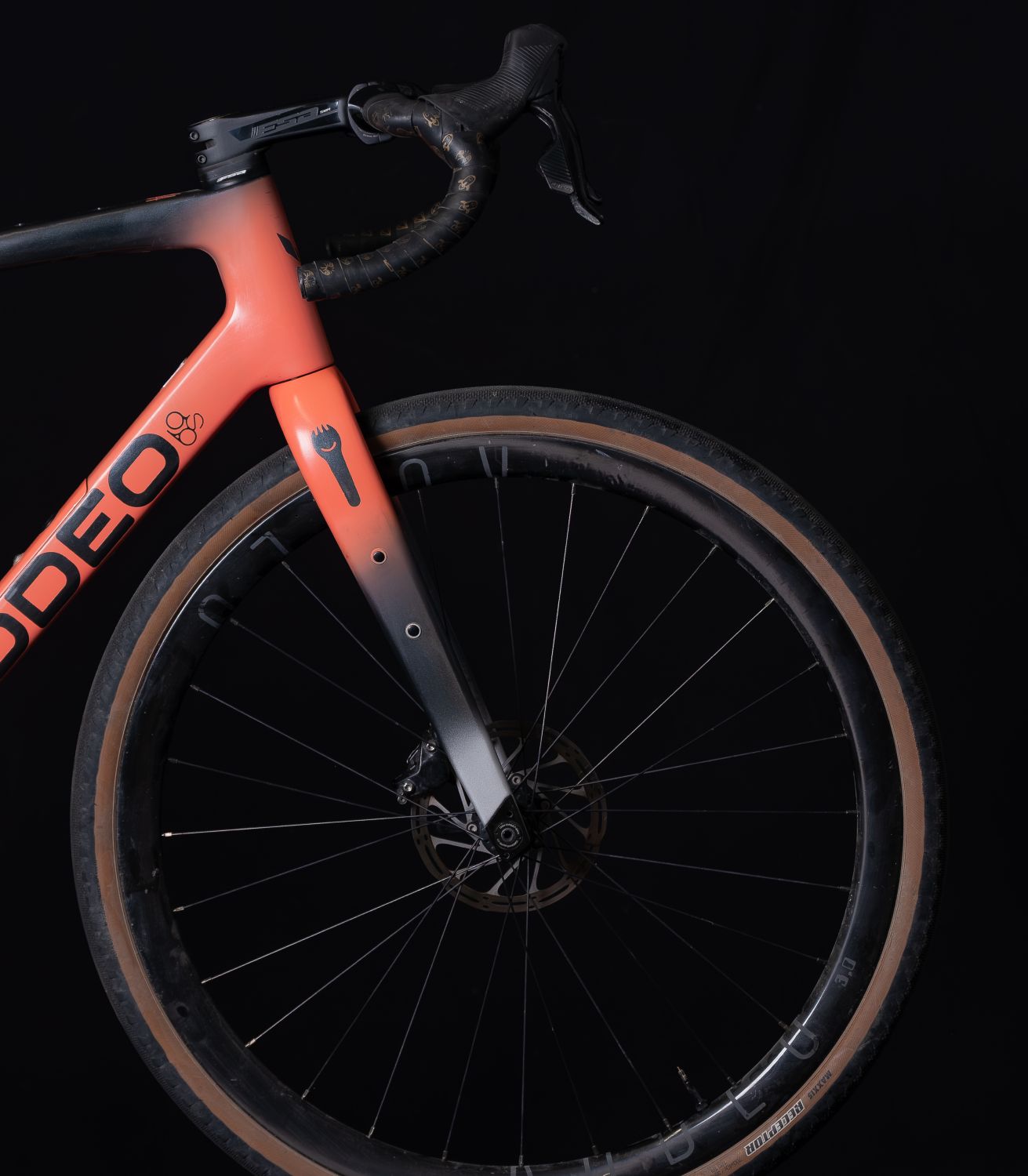
The last of the elements that I have loved is, to be honest, is one that seems to be a menagerie of all the others. Technically speaking, I am not 100% sure what the cause is, all I know for sure is that the bike feels just better at handling technical features on the road and trails.
That is not to say the TD3 was bad. It was more than competent at all of those different things, but really only great at being a gravel bike with medium to large gravel tires. The 38-45mm range was the sweet spot. On the road, tires in the 28-32 mm range where fine, but at times the traction would be limited during tight corners. The long chain stay makes sweeping turns at speed a bit more of a challenge. Taking tight sweeping bends fast, and I mean criterium racing fast, would at times cause a bit of a drift from the rear tire. Nothing major, but not perfect.
On trail, as mentioned above, tires in the 2.1-2.2 range would be somewhat pitchy compared to what was the typical feel with a middleweight tire, because the bottom bracket was high and the chain stay length, in that configuration, was a bit shorter than ideal circumstances. With these constraints, I always felt the most nimble on the TD3 riding trail with a mullet configuration or just 650b wheels.
That is not the same breakdown with the TD4. It is sublimely stable with big 700c 2.2 tires, and nimble on road descents. Moreover, with those medium width gravel tires – I have been particularly loving a 40mm slick to file tread with this bike – it has the same great handling on dirt, mixing stability with the finesse. An attribute of TD3 I always enjoyed. It just also does the road and trail better, with a slightly lower BB, slightly longer head tube and the adjustability afforded with the slider.
My conclusion
With these four things, as well as benefits like weight and the aesthetics of the frame, the TD4 is a very meaningful upgrade. It loses nothing that the TD3 had, and adds scores of features to the build that brings the bike into the discussion of best gravel bikes around. While that is a discussion that I think is interesting to have, it is not one I am going to make now. What I can tell you is that for these two bikes built by the same company and with the same spirit, one is frankly much better than then other – even if I still love and ride them both.
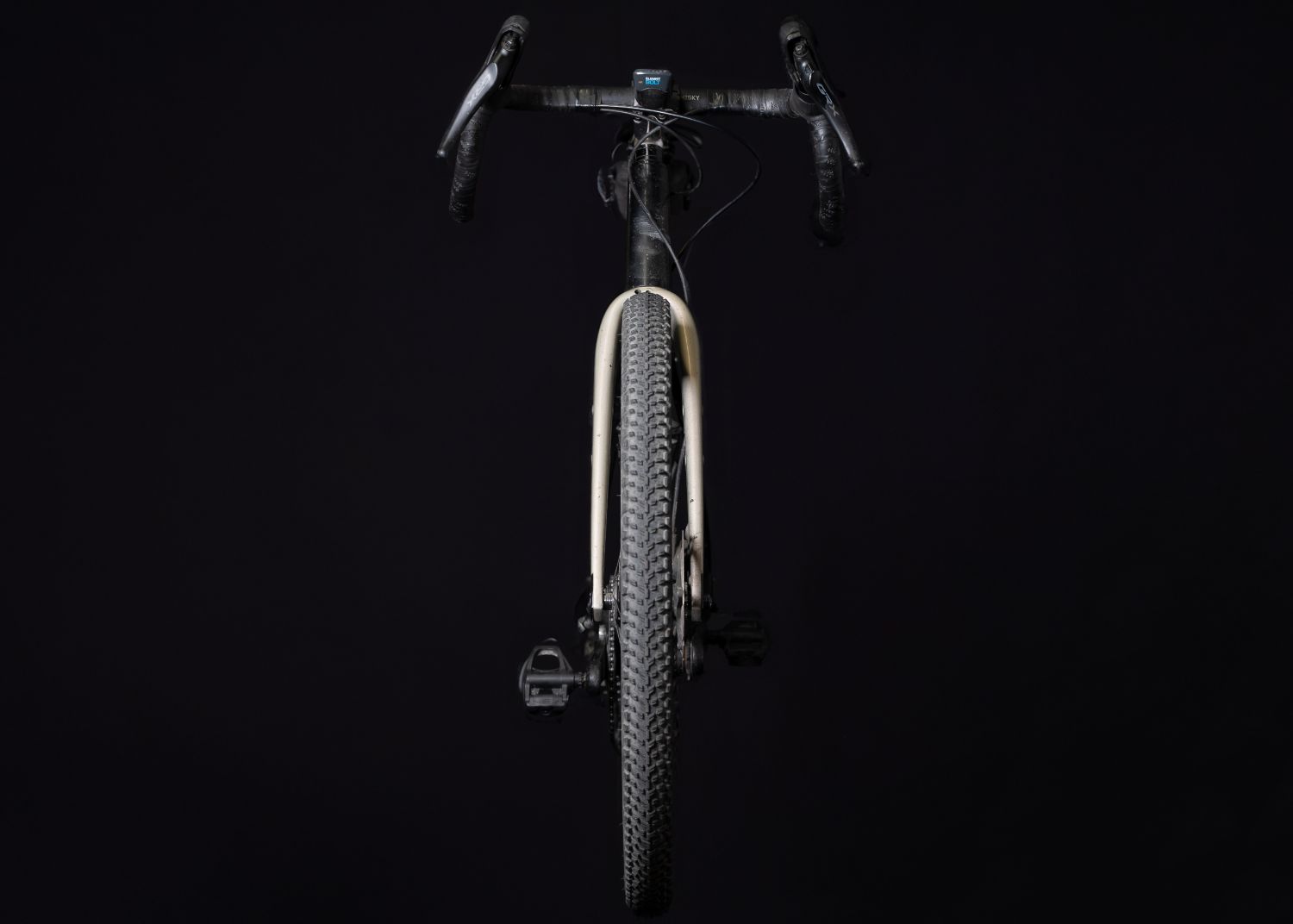
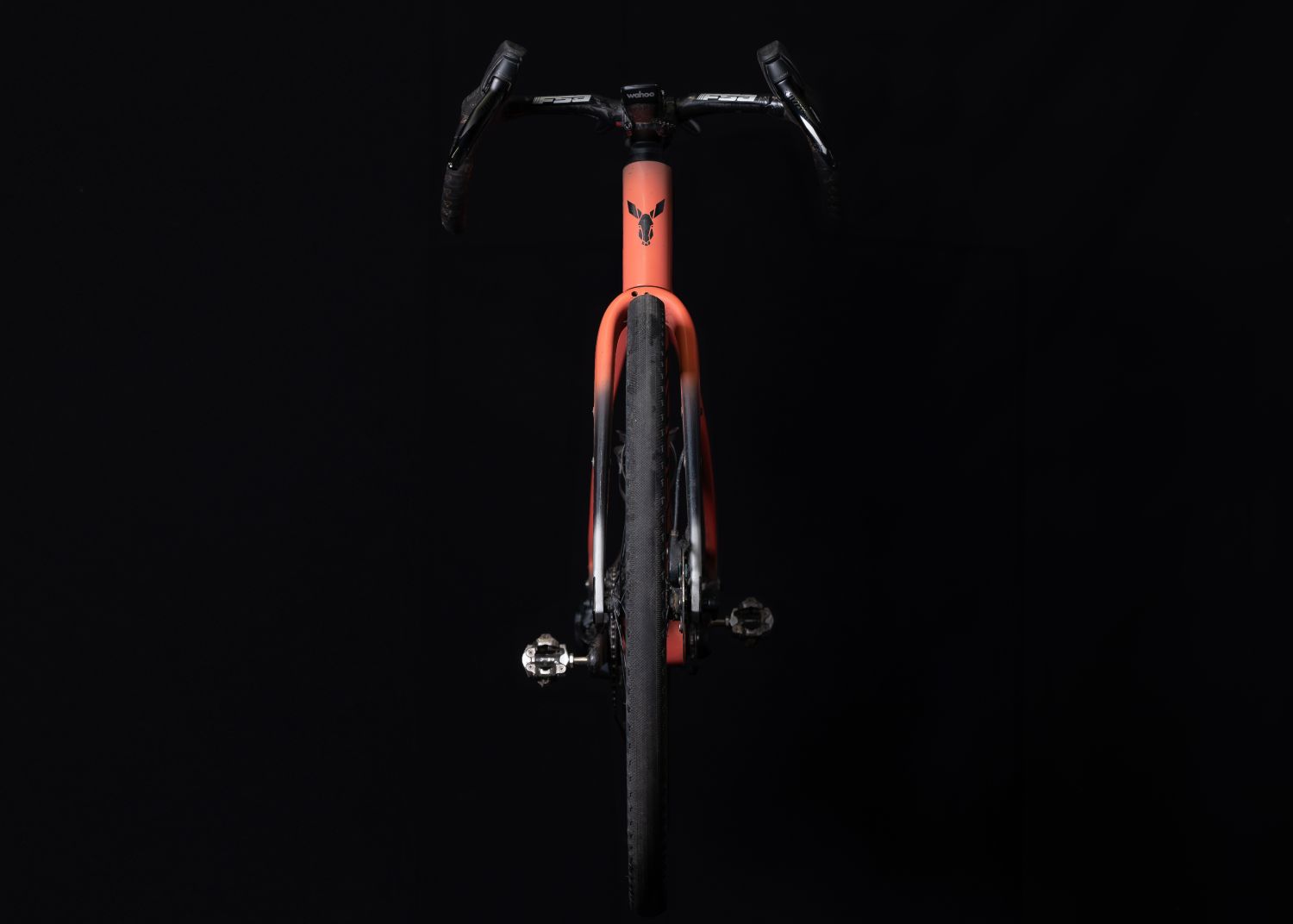

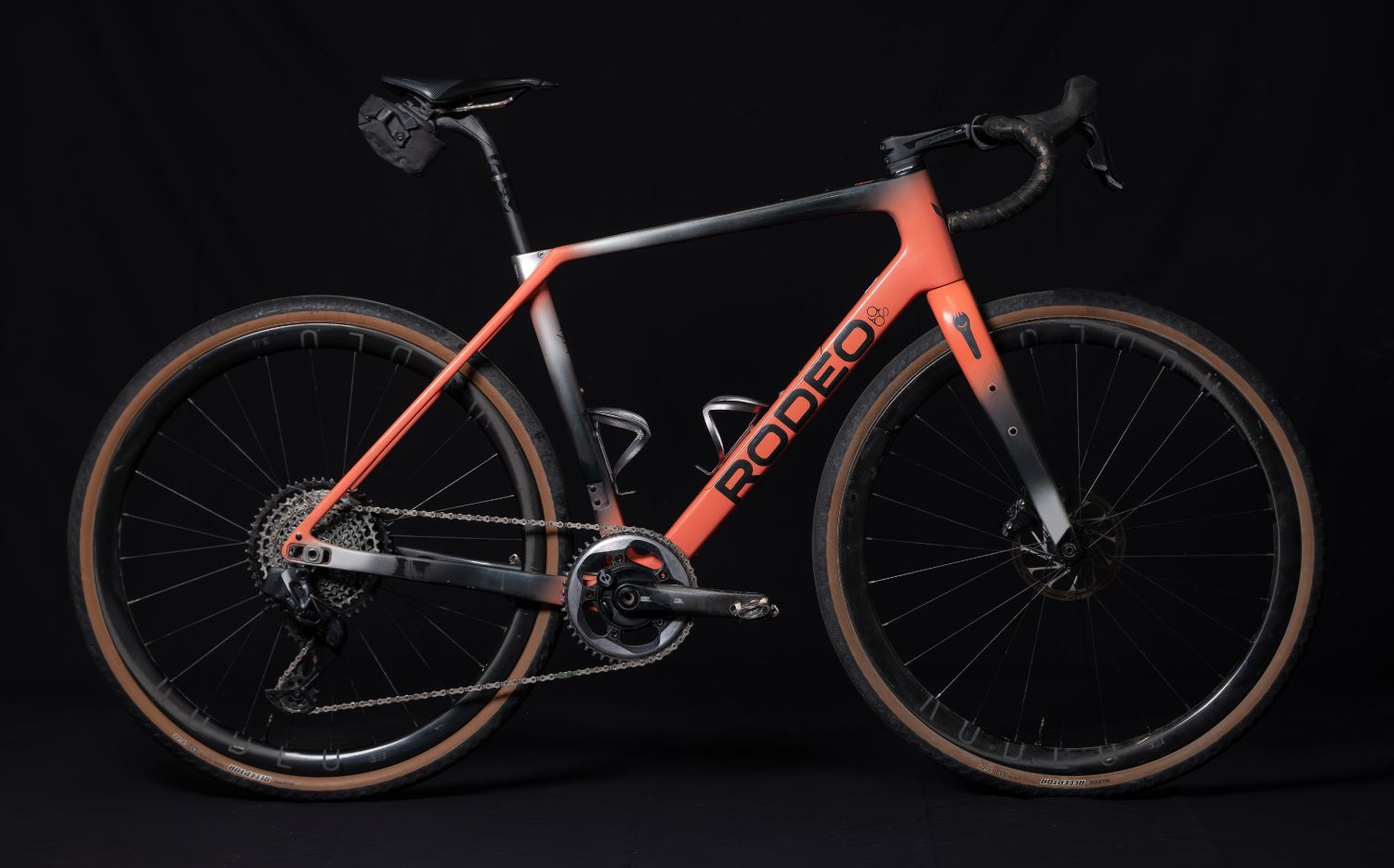
No comment yet, add your voice below!